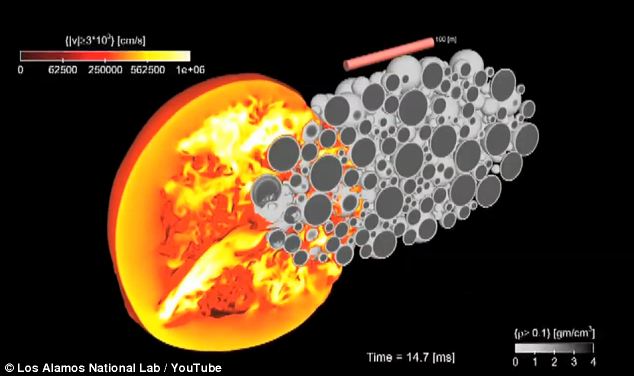
Scientists say they have worked out a way to blast an asteroid into space dust using an atomic bomb.
The plan has potentially world-saving consequences should an asteroid emerge on a collision course with Earth.
And unlike the film Armageddon - where Bruce Willis and his crew of stars fly a space shuttle to an oncoming Asteroid to drill a warhead into its core - the nuclear payload could be delivered by rocket.
Using one of the world's most powerful supercomputers at Los Alamos National Laboratory, physicists have calculated the effect of a nuclear blast on an incoming space rock.
Although Nasa and other space agencies have mapped most nearby asteroids, the effect of one catching us by surprise would be catastrophic and, they believe, is worth preparing for.
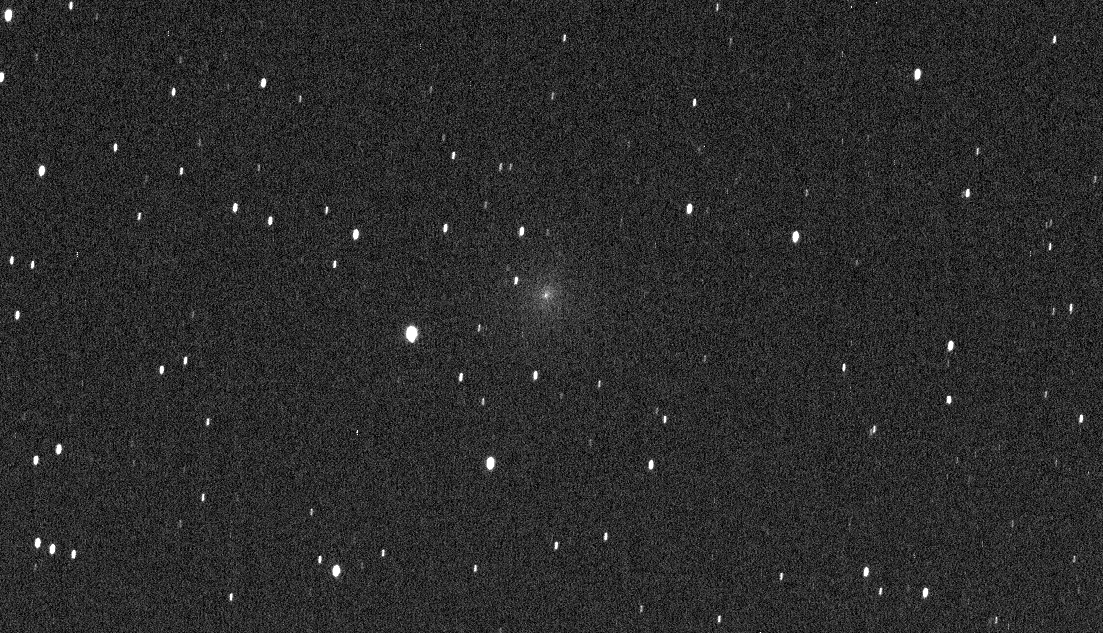
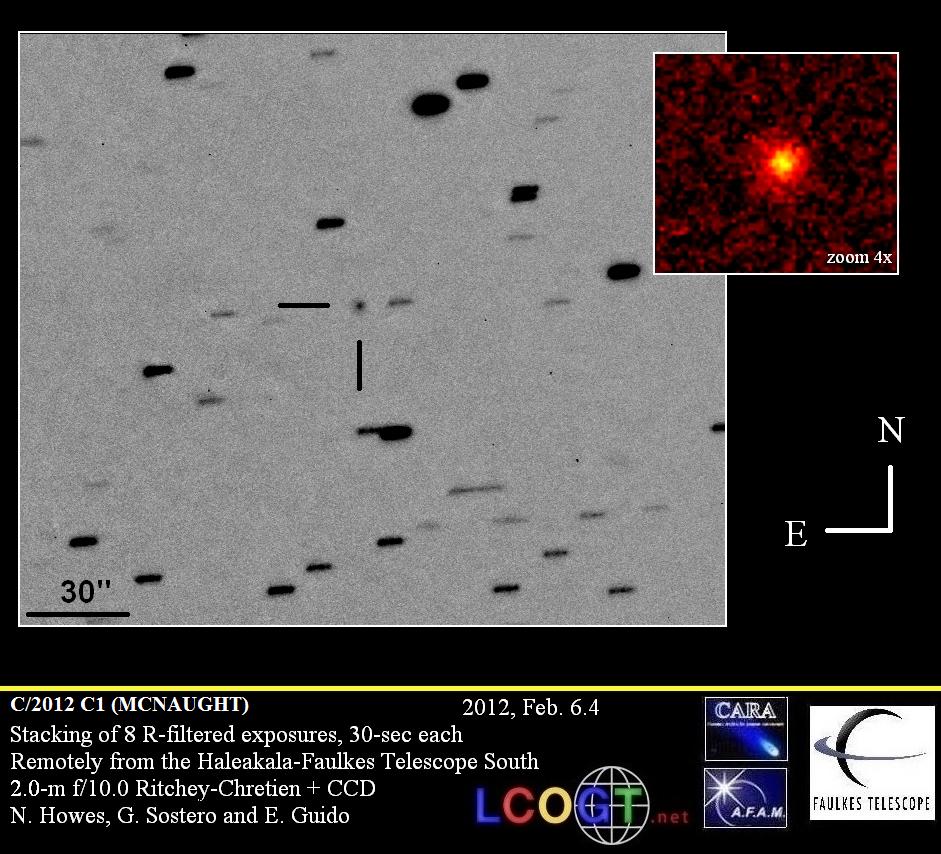
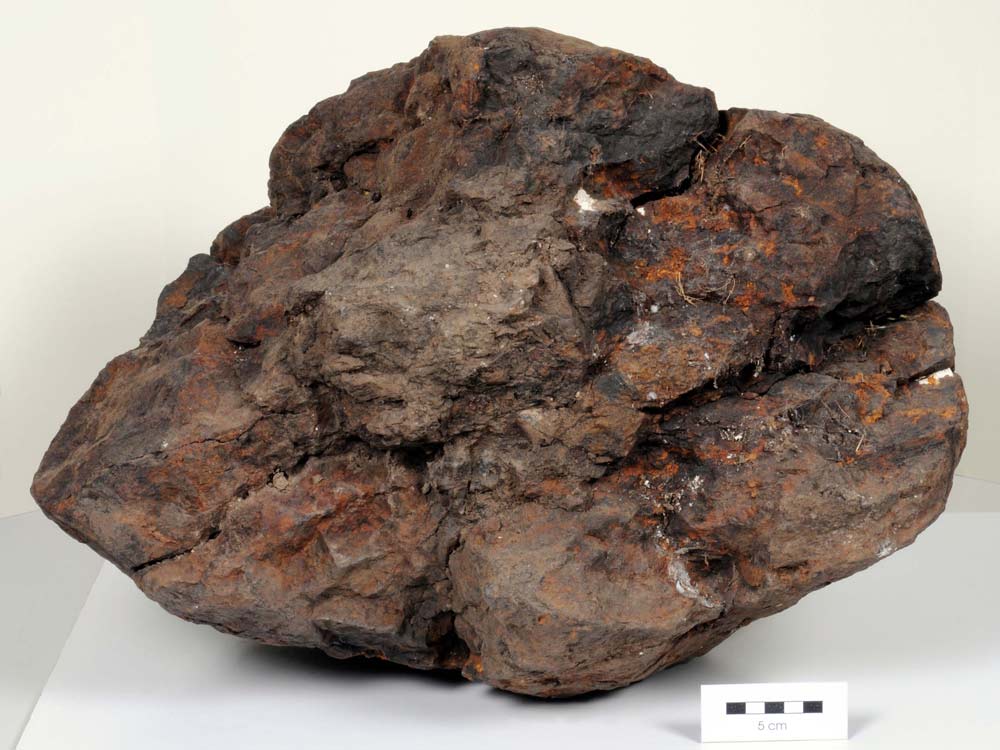
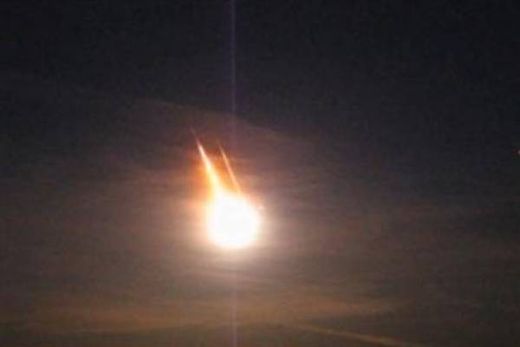
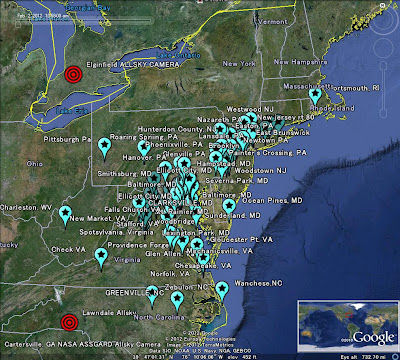
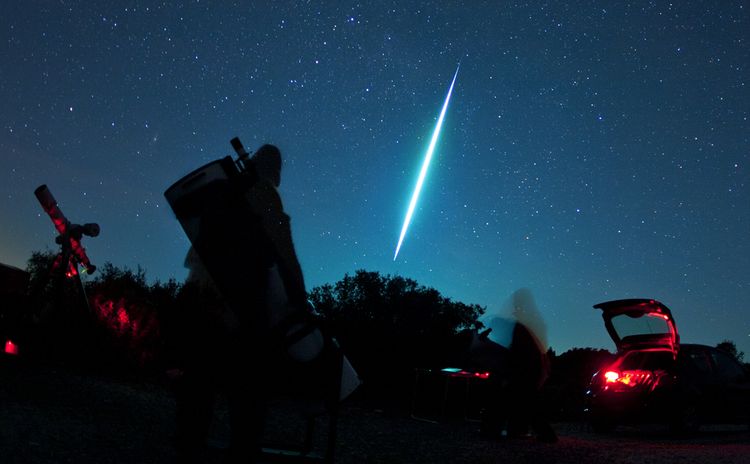



Comment: Our immediate cosmic environment IS probably littered with junk left there by certain governments who live by the maxim that the means justify the ends. But it is the height of denial to buy into the notion that all these reports of fireballs we've been collecting are man-made objects. This 'space junk' theme is starting to smell strangely like 'anthropogenic global warming', which provides a plausible - but 'not even wrong' - cover story for Earth changes.
Forget About Global Warming: We're One Step From Extinction!